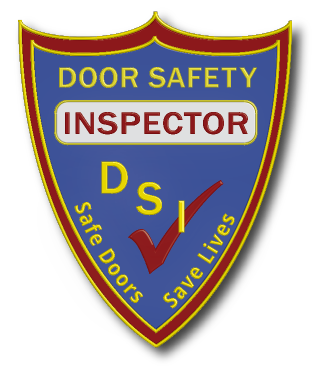Welcome to the Safe Doors Saves Lives Foundation! We are the only 501(c)(3) non-profit educational company dedicated to serving the interests and needs of building owners, facility management personnel, architects, contractors, installers, inspectors, code enforcement officers (and other AHJs), and suppliers—everyone involved with installing, inspecting, testing, and maintaining egress and fire doors. Maintaining and improving life safety in buildings and structures for the public at large. |

Coming in 2026, a new and improved Door Safety Inspector (DSI) Training & Certification class!
Course Fee: To be Determined.
Stay tuned! More information will be posted in January.
Here's a short clip from our first session of our Spring '24 class:
Here are clips from the Spring '23 Live Online DSI Training & Certification Class:
Are you looking for the Fire Protection Research Foundation's (FPRF) reports on their
Door Gaps Around and Under Swinging Fire Doors research project?


